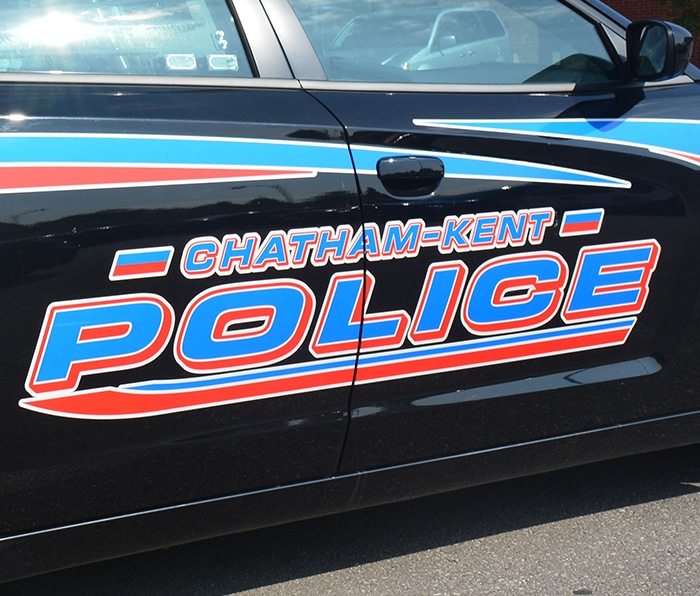
When Greg Van Every says planting trees isn’t just a good thing to do but also the smart thing, it appears people are listening.
Van Every, an Environmental Technical Assistant for the Lower Thames Valley Conservation Authority, said more than 100,000 trees are earmarked to be planted through the LTVCA’s Green Partnership initiative this year.
“It’s really taken off during the past three or four years,” he said last week during the LTVCA’s annual open house for landowners. “We used to average 60-65,000 trees each year.”
The program provides discounts to property owners who need trees for windbreaks or woodlots.
Van Every said increasing tree cover in Chatham-Kent makes sense from financial and environmental aspects.
“To a farmer, the key financial reason to plant windbreaks is soil quality. The trees slow down the wind and shelter the soil. It doesn’t allow the land to dry out as fast and provides more moisture for the land during the growing season,” he said. “From an environmental perspective, trees enrich the air and water quality in a region.”
“Trees product oxygen and help purify the air,” he added. “Roots in the soil slow down run off into our lakes and rivers, providing more balance.”
Van Every said landowners planting 600 trees (about an acre’s worth) qualify for subsidies in the 40 per cent range while those who plant 1500 trees (which would fill a hectare) can get up to 75 per cent.
Landowners have until March 15 to apply for the program, however, the LTVCA also supplies individual trees.
“We offer native species at a fairly reasonable price since we buy a lot of trees,” Van Every said.
In addition to the tree planting work, the partnership also has a component for wetland restoration and tall grass prairie planting.
“We typically look at wetland projects with a one part water surface – three parts upland habitat basis,” he said.
“If someone’s interested in any of our projects, the best thing to do is contact us so we can talk, visit the site and get an idea how to make the program work for them,” Van Avery said. “We want to make it as easy as possible.”
The partnership is not just about planting, however, as it is also undertaking an invasive phragmites removal effort.
The invasive species of the plant has taken over several waterfront sections of the municipality, choking out native vegetation.
“We’re concentrating on the Rondeau Bay area because the problem there is quite severe,” he said.
The Greening Partnership is now in its 10th year and Van Every said the partnerships with the municipality of Chatham-Kent and groups such as Ducks Unlimited are invaluable.
In 2015 alone, the Greening Partnership resulted in the following:
- 83,151 seedlings planted
- 243 acres naturally restored
- 71 acres of wetlands excavated
- 500 large stock trees planted
- 91 acres of block tree planting
- 50 acres of cover crops planted
- 37 projects on public spaces
- 28 acres of tall grass prairie planted
- 52 acres of phragmites removed
- 6 outreach events
- 2 jobs created
A total of $1.196 million dollars in grants were brought into the municipality.
The programs involved cooperation of 143 private landowners and 178 volunteers and students. Two First Nations groups were involved. A further 32 partners and organizations participated.
For more information on the Greening Partnership, contact the LTVCA at http://www.ltvca.ca/






